Perennial herbs are a fantastic addition to any garden, and there are lots to choose from. You may even be surprised to learn that many of your favorites will grow back each year! In this list, you’ll find a range of options for both cold and warm climates.
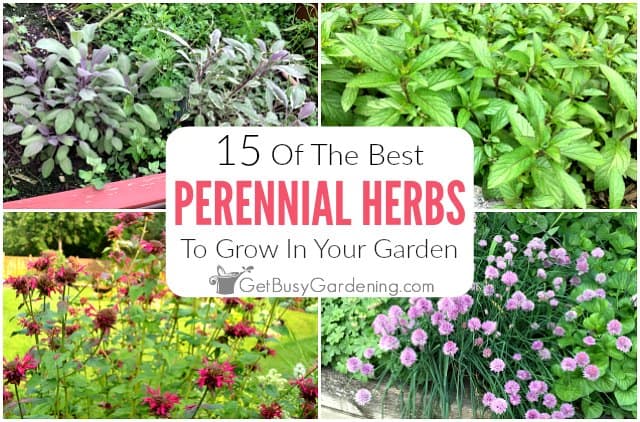
If you’ve ever walked out to your garden to snip off a few sprigs of fresh herbs for your recipes, then you know how wonderful and satisfying it is to grow herbs.
Well, perennial herbs are even better, because they will survive the winter, and come back year after year.
Not only are they beautiful, you can plant them pots or the garden. Some even have medicinal properties.
There are tons options on this list of perennial herbs for your garden, and it’s always fun to try something new!
What Does Perennial Herb Mean?
For some people, it might not be obvious what the term “perennial herb” means. That’s because most of these plants are sold as annuals in colder zones. And, most people simply discard them at the end of the season.
But just like with flowers in your garden, perennial herbs are hardy specimens that can survive the winter, and will come back each year.
Heck, you can even grow many of them all year round in warmer climates, or if you overwinter them indoors in colder areas.
Related Post: 13 Best Herbs To Grow Indoors
What Herbs Grow Back Each Year?
There are a lot of herbs that will survive the winter, and come back each year. Some are hardier than others, but you may be surprised to find several of your favorites on this list.
The hardiness of the plants in this list range from tender perennials that do best in warm climates, to cold-hardy herbs.
If you live in a warm climate, plant the cold-hardy varieties in a spot that’s protected from full sun. If you live in a colder zone, you can bring the tender varieties indoors during the winter.
List Of Perennial Herbs To Grow
If you want to know which perennial herbs to grow in your garden, you’ll find lots of choices in the list below. I’ve included the hardiness zone for each, so you can narrow down what will work best where you live.
1. Rosemary
Distinct for its fragrant smell, rosemary is drought tolerant. Though it will take partial shade, it does best in full sun where it will get blue flowers throughout the year.
Used as a shrub in warm climates, it’s great for dry areas of any zone 7+ garden. There are many culinary uses for it, and it tastes great in stews and soups. Learn all about growing rosemary here.
2. Oregano
Another great addition to our list, oregano is a cold-hardy herb that will come back each year in zones 4-9. It can be a bit aggressive though, so put it in a spot where you don’t mind it taking over, or keep it in a pot.
You can start it from seed, or take cuttings from an established plant. Harvest the leaves as you need them for cooking, freeze them, or store them dried. Learn all about its care here.
3. Chives
One of the best things about chives is that they’re cold hardy, and they thrive in zones 3-9. As a member of the onion family, they love the sun.
They also produce the prettiest little purple flowers in the spring that bees love. Garlic chives are also wonderful perennial herbs that have white flowers, and taste delicious.
They do readily self sow, so make sure to deadhead the flowers to prevent them from spreading all over the place. Learn how to grow them here.
4. Thyme
Not only does it smell great, but there are tons of varieties to choose from, and it’s excellent for zones 4+. English thyme is one of the most popular for culinary use.
French and creeping types are equally hardy, and can be used for cooking as well. Never overwater this drought-tolerant plant, and it will thrive in your garden for many years. Learn all about how to grow it here.
5. Echinacea (Purple Coneflower)
Also known as purple coneflower, echinacea thrives in partial shade to full sun gardens in zones 2+. It has beautiful blooms that attract butterflies and bees to your garden.
They’re drought tolerant, and can really take the heat of summer. However, make sure you water them regularly during extended periods of drought.
6. Lavender
This super popular perennial herb is hardy in zones 4-8, and attracts pollinators to your garden. English is the hardiest type, while the Spanish and French varieties are best for warmer climates.
Though it will do just fine in partial shade, a full sun location will ensure the maximum amount of buds. Learn how to grow lavender here.
7. Rue
This cute little zone 5-11 perennial herb is drought tolerant, and perfect for dry areas of the garden. Rue also has a strong smell that can help to repel destructive bugs.
It prefers full sun, but will tolerate partial shade. Like most others on this list, plant rue in well-drained soil. You can deadhead the flowers to keep it from spreading.
8. Tarragon
A popular culinary and medicinal plant, both French and Russian tarragon are wonderful for full sun to partial shade in a wide range of hardiness zones (3-8).
It can be a tricky one to maintain, but the key to success is well-draining soil. Harvest it regularly for more leaves, and freeze or dry them for later use. Learn exactly how to grow it here.
9. Sage
A very hardy plant that does best in full sun, culinary sage is beautiful in any zone 4-9 garden. Make sure you put it in an area that has good drainage.
Though it does best in sunny spot, it will tolerate a partial shade exposure. There are a few different varieties, so check the hardiness of the type you buy to see if it will survive in your climate. Learn how to grow sage here.
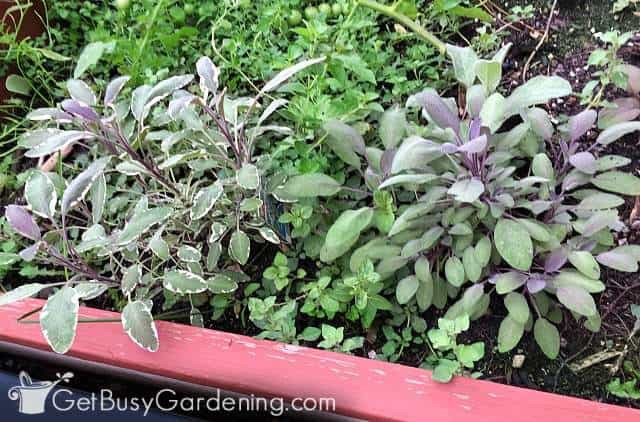
10. Lemon Verbena
The intense lemon flavor and aroma of this zone 8+ perennial herb makes it an excellent choice for use in teas and desserts.
Lemon verbena will do best in full sun, but does just fine in partial shade as well. It has medicinal properties too. It’s said to help with digestion, and to boost your immunity.
11. Marjoram
Another wonderful addition to our list, marjoram blooms attract butterflies and beneficial insects to any sunny zone 6+ garden. There’s only one true type, but you may find the much-less-common variegated variety if you’re lucky.
It doesn’t need a lot of care, and is excellent for beginners. For the best flavor and yield, harvest it before the flowers open. Learn how to grow it here.
12. Bee Balm (Monarda)
With fun and unique flowers that come in a variety of colors, monarda lives up to its common name, as it is a real bee magnet. Put it in a full sun to light shade location, and it will thrive for many years in zones 4-9.
You can make tea with bee balm leaves or flowers, which is said to help fight off colds and the flu. They also make excellent cut flowers that really stand out in arrangements.
Related Post: 15 Herbs To Grow In Your Shade Garden
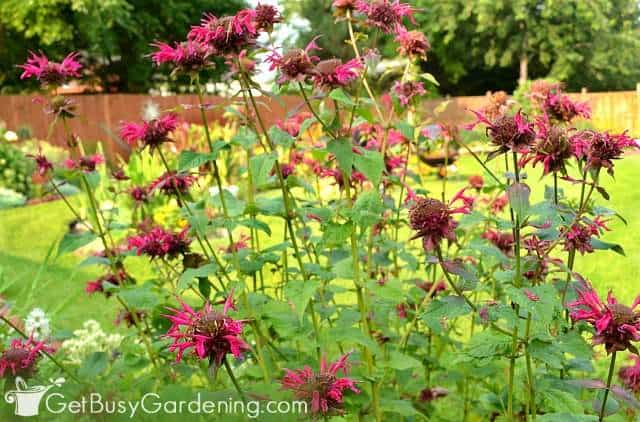
13. Winter Savory
There are two types of savory: winter and summer – but, of the two, winter savory is the only perennial herb.
It loves full sun in zones 5-8, but can do equally well in the partial shade. It makes an excellent and fragrant border shrub, and the cute little purple flowers attract bees.
14. Anise Hyssop
With a licorice-like scent, anise hyssop is excellent for zones 4-9, and the lovely flower spikes attract pollinators to the garden.
You can use it in teas, and the edible flowers can be tossed into salads. They can be an aggressive self-sowers though, so be sure to deadhead them once the blooms fade to prevent unwanted spreading.
15. Mint
There are many varieties of mint which are all deliciously fragrant, but peppermint is probably the most popular.
It blooms during the summer, and the pollinators love the flowers. It performs best in zones 4-8 in a partial shade to full sun garden.
Many seasoned gardeners prefer to keep it in a pot though, because all varieties are fairly aggressive spreaders.
Perennial herbs are a fantastic addition to any garden. This list will give you lots of ideas for which ones will work in your climate. So choose a few of your favorites, and get busy planting.
If you’d like to learn how to make the most of your space and get as much homegrown food as possible, then my Vertical Vegetables book is perfect! It will teach you all you need to know, has tons of gorgeous photos, and includes 23 DIY projects you can build for your own garden. Order your copy today!
Learn more about my Vertical Vegetables book here.
More Herb Gardening Posts
- How To Grow Ginger Root Indoors Or Outside
- 11 Easy Herbs To Grow In Your Garden
- How To Fertilize Herbs In The Organic Garden
- How To Grow Herbs Indoors: The Ultimate Guide
- How To Grow Cilantro (Coriander) Plants
What would you add to this list of perennial herbs? Tell us your favorites in the comments below.
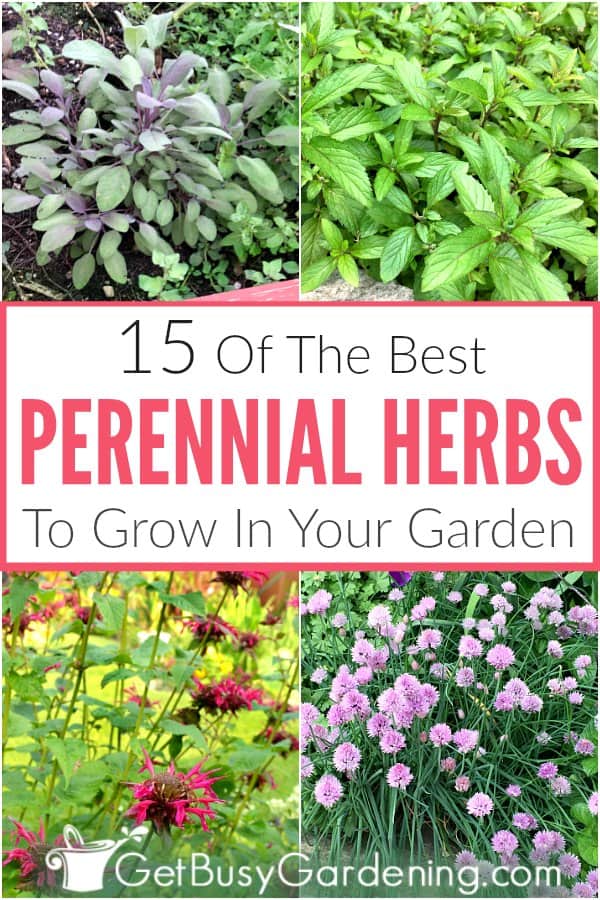
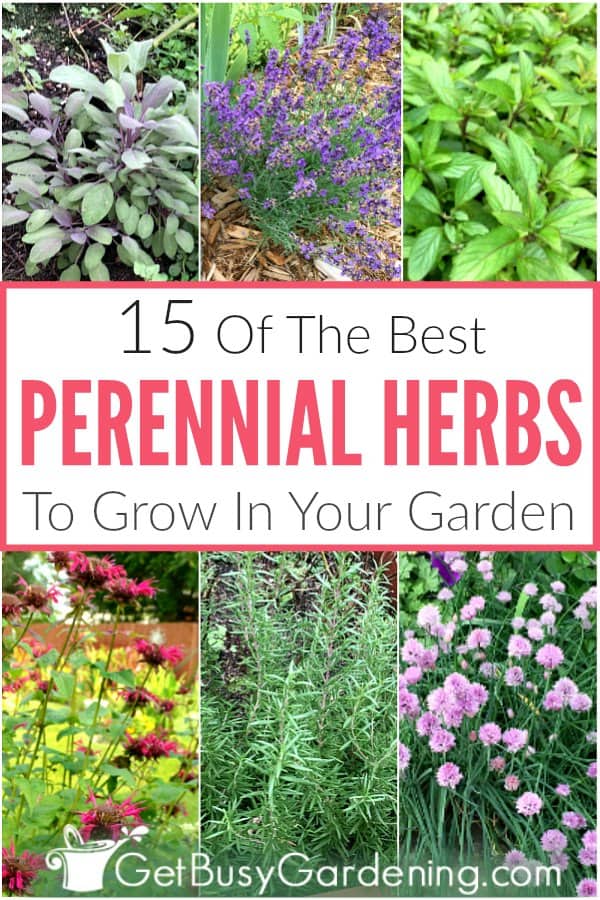
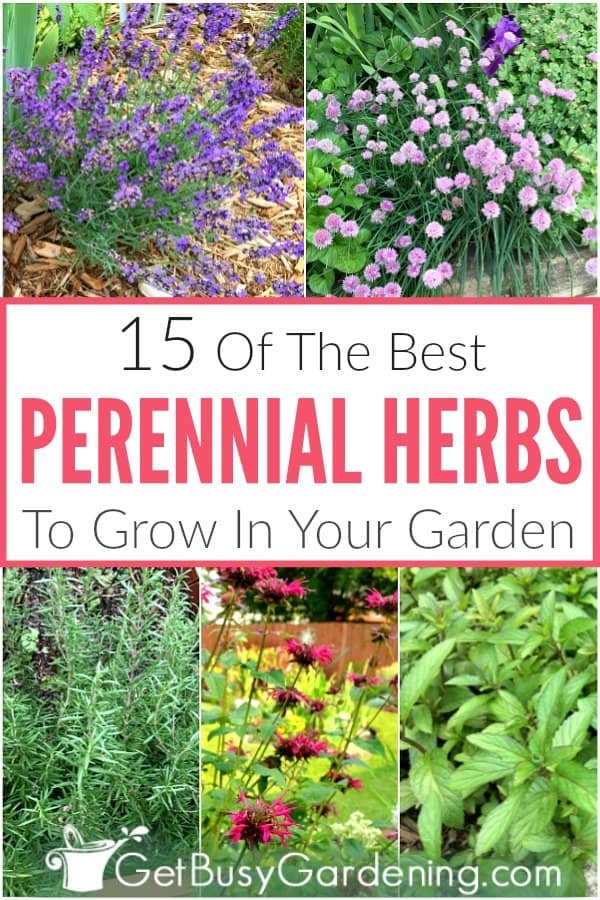

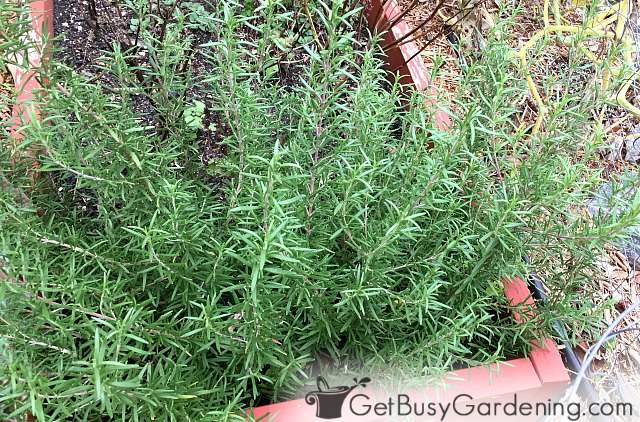
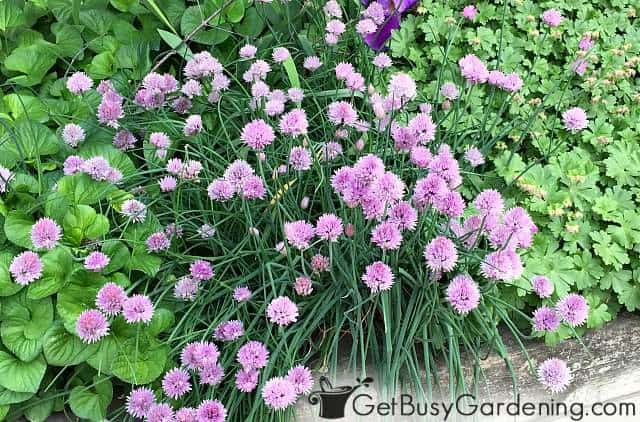
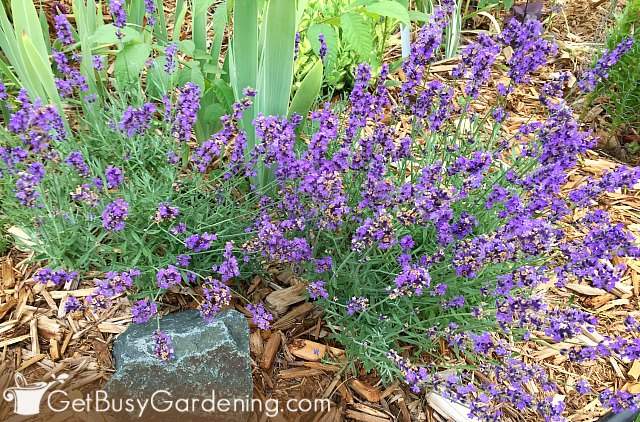
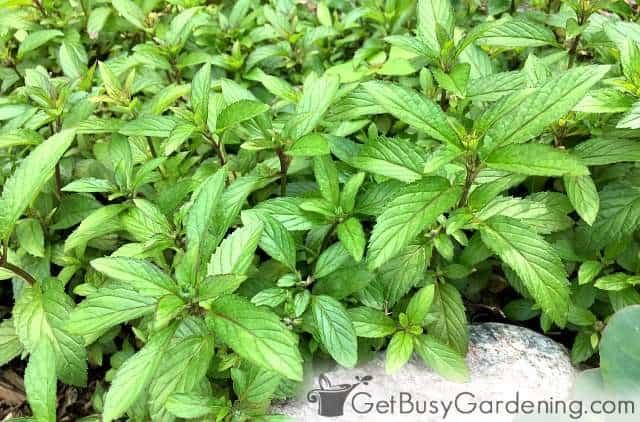


Leave a Reply